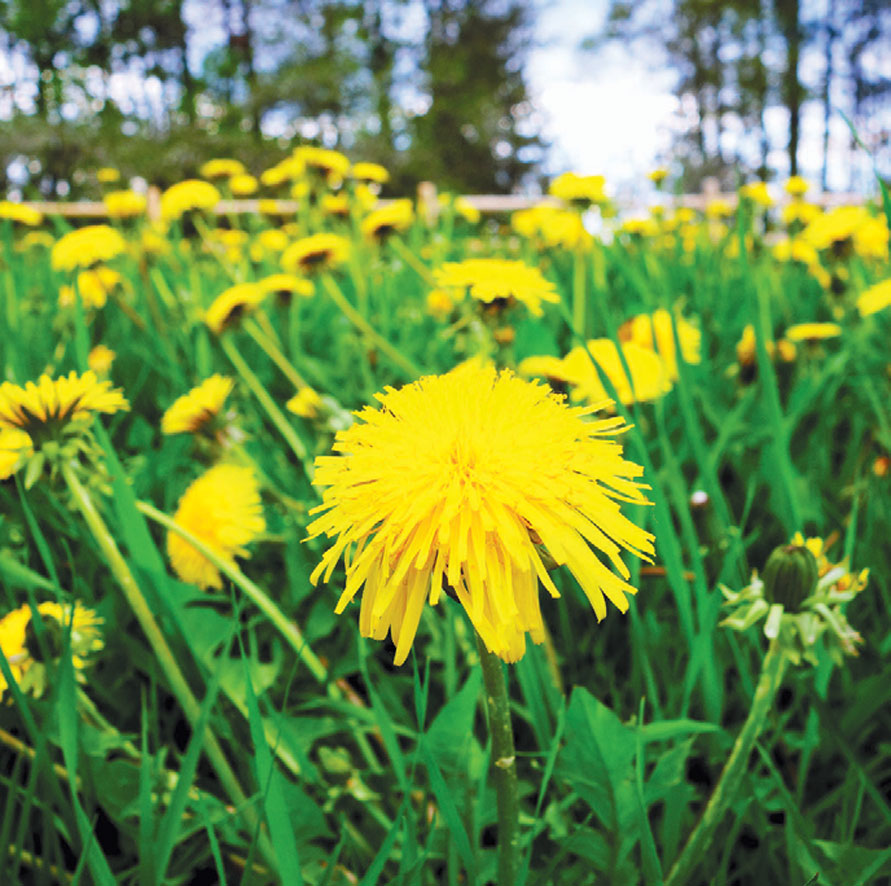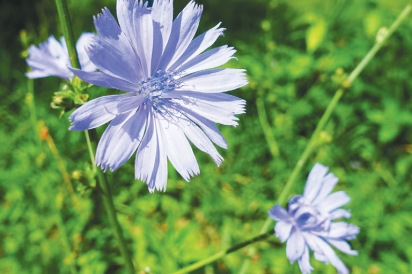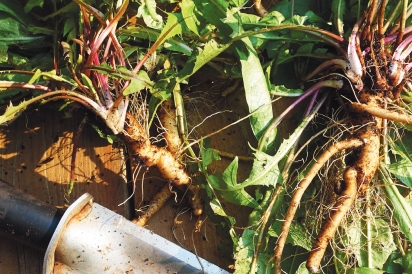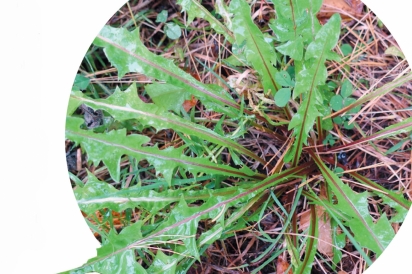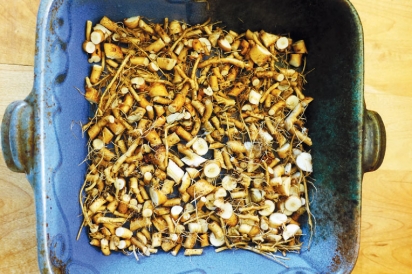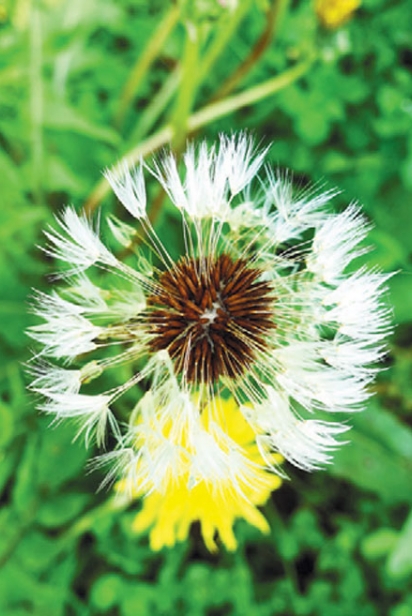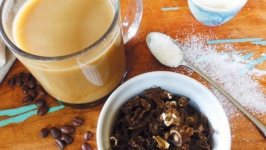Eating Wild: Getting to the Root of the Matter with the Delightful Dandelion
Many of the conversations my husband Elie — a farm to classroom teacher — and I have with young students involves the concept of garden weeds. What, exactly, is a weed? How are weeds different from other, intentionally cultivated plants? Is there any difference between the two, and who, exactly, makes that determination?
For my money, a weed is simply a plant that someone wishes wouldn’t grow quite so well. Weeds, we often tell students, are survivors. They are hardy. They are resilient. Weeds, in other words, are in the right place at the right time, and work with what they’re given.
But the negative connotations of describing a plant as a weed are undeniable, and, it must be said, sometimes deserved. How can we reasonably defend plants like milkweed, which serves as the primary food source for monarch caterpillars and has some of my favorite wild edible flowers, when its name groups it together with damaging invasives such as Japanese knotweed or bindweed? Like most things in this world, the idea of weeds is complicated and multifaceted, and so the conversations we have about them should also be.
As an unabashed lover of edible wild and naturalized plants — not to mention a fairly lazy gardener who wants plants to thrive without much intervention—I am often thrilled to find many of the plants we call weeds popping up in my surrounding green spaces. And one plant that I’m always excited to see is the humble and prolific dandelion. When it comes to dandelions, few garden weeds are so well known, so widespread, and hold quite so much of my heart.
I’ve written before about the common dandelion, Latin name Taraxacum officinale, and will likely continue to do so for a long, long time. In fact, if you told me tomorrow that the only plant I could write about for the rest of my life was the dandelion, I would be ready to take on the challenge. Because this plant is honestly amazing.
Appearing as one of the first wild greens in early spring and offering edible and medicinal parts until snow covers the ground, dandelion can be collected for its leaves, buds, flowers, crowns, and roots. Each of these plant-parts can be eaten as a food source, used as medicine, or enjoyed as a beverage. Though I’ve never done it myself, I’ve read about dandelions being used as a natural fiber dye, and I use parts of the dandelion plant in homemade household and skincare products. Dandelions, quite simply, are the gift that keeps on giving.
The name dandelion comes from the French dent de lion, or lion’s tooth, and refers to the signature deeply-toothed leaves of this common plant. It is these teeth and the hairless (or nearly so) nature of the dandelion’s leaves that provide the easiest places to begin as you learn how to distinguish dandelion from potential lookalikes.
Dandelion’s edible and nutritious leaves grow in a rosette formation very low to the ground, and appear as one of the earliest edible salad greens of the season. In these first days of spring, when the dandelion leaves are just beginning to pop, I also love to dig up dandelion’s edible taproot and harvest the plant’s crisp crowns (the thicker, white part of the plant where the leaves attach to the roots) for use in my kitchen. Simply dig up entire plants using a garden trowel and separate the plant into its different parts.
As the temperatures warm and the days lengthen, dandelions send up the characteristic sunny blooms that make up so many children’s flower crowns. The dandelion plant has one bright yellow flower per relatively short, hollow stem, and this is another great way to make sure you have the correct plant, since many of the potential lookalike plants have branching stems, multiple flowers per stem, and in the case of chicory, flowers of a different color. Once dandelions are in bloom, the leaves and roots often become too bitter for many palates, myself included, but luckily, the vibrant flowers are their own lovely ingredient.
When the cheery flowers die off and cooler temperatures arrive once more, I return to gathering roots (locating them by the leaf rosettes that are often still around) and do so until the ground is too frozen or snow-covered to find and dig up the plants.
In my kitchen, dandelion shows up as an ingredient in homemade wine, baked goods, cooked vegetable sides, salads, teas, and mixed into coffee. It is in this last use, made by roasting, grinding, and brewing dandelion’s nutty and bitter root alongside my favorite coffee beans, that I enjoy the dandelion plant daily.
Many recipes for roasted dandelion root encourage readers to brew the drink on its own as a full substitute for coffee — and there is a long history of dandelion’s relative, chicory, being enjoyed as a coffee substitute in New Orleans — but in my own life I doubt anything will ever fully take the spot of the glorious coffee bean. As a blend, however, I find dandelion root to be the perfect earthy addition to my morning cup, taking away a bit of the caffeine while providing an additional healthy boost. As if offering us several different edible parts and being available year-round wasn’t enough, the dandelion plant is also loaded with nutrients and has also been used medicinally across the world for hundreds of years to help treat health issues as varied as poor digestion, skin ailments, and general inflammation.
So, the next time you see a dandelion growing where it wasn’t invited, take a pause before you declare it a useless weed. Instead, consider that whatever household or culinary need you may have, my favorite plant is likely right there waiting with something delightful to offer.
*NOTE: Always consult with trusted experts and refer to foraging books and field guides for 100% positive plant identification before consuming any wild plant. As with harvesting any wild plant, and particularly ones like dandelions that grow in commonly sprayed areas, take particular care to collect from spaces you know to be chemical-free. Never pick any wild plant from protected spaces. Integrate new foods into your diet in small quantities to gauge any dietary sensitivities, and consult with a doctor if you have any questions or concerns about specific health issues or medication interactions.


